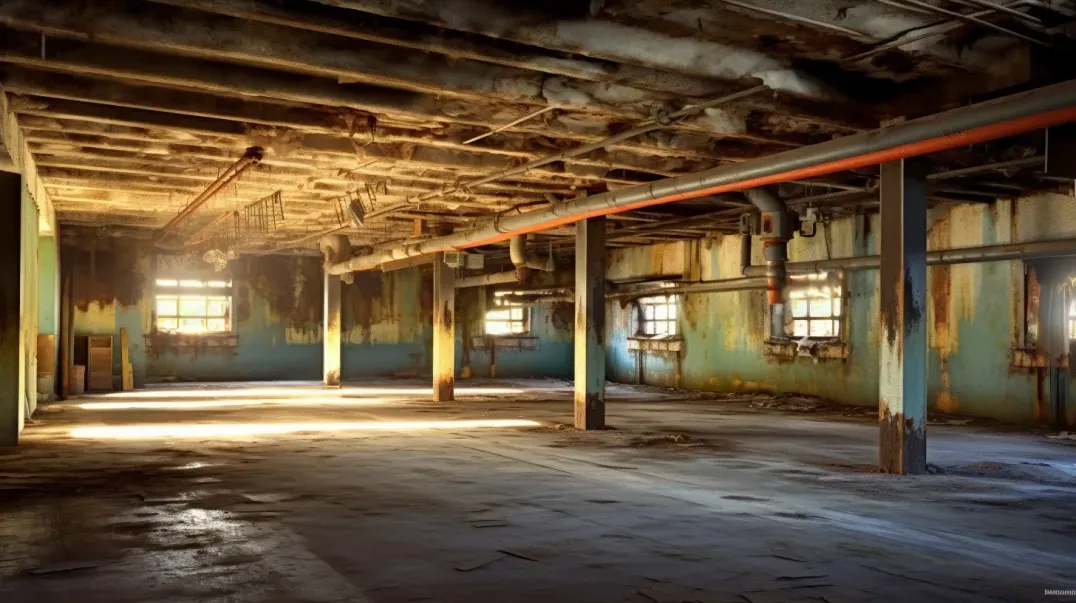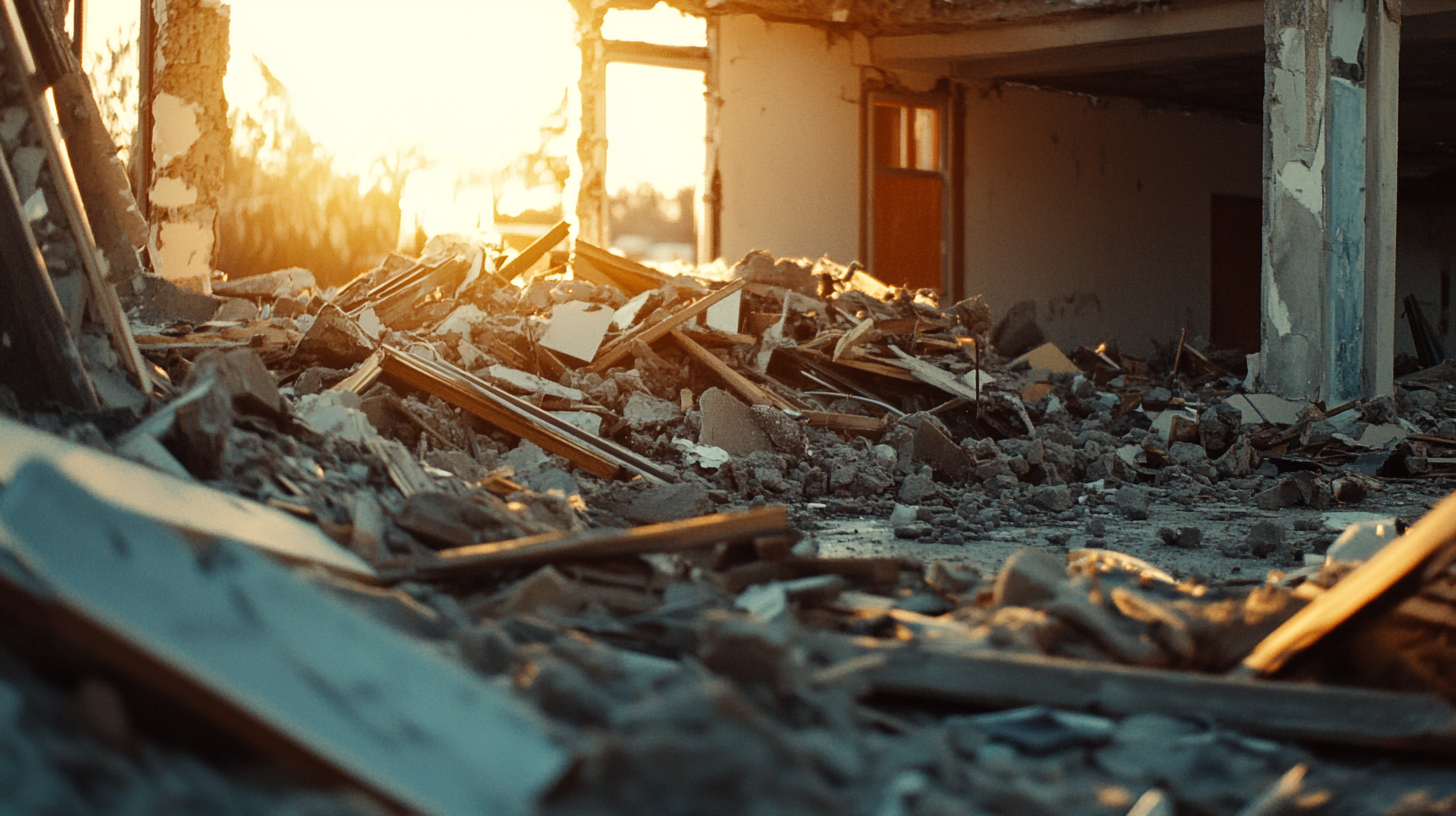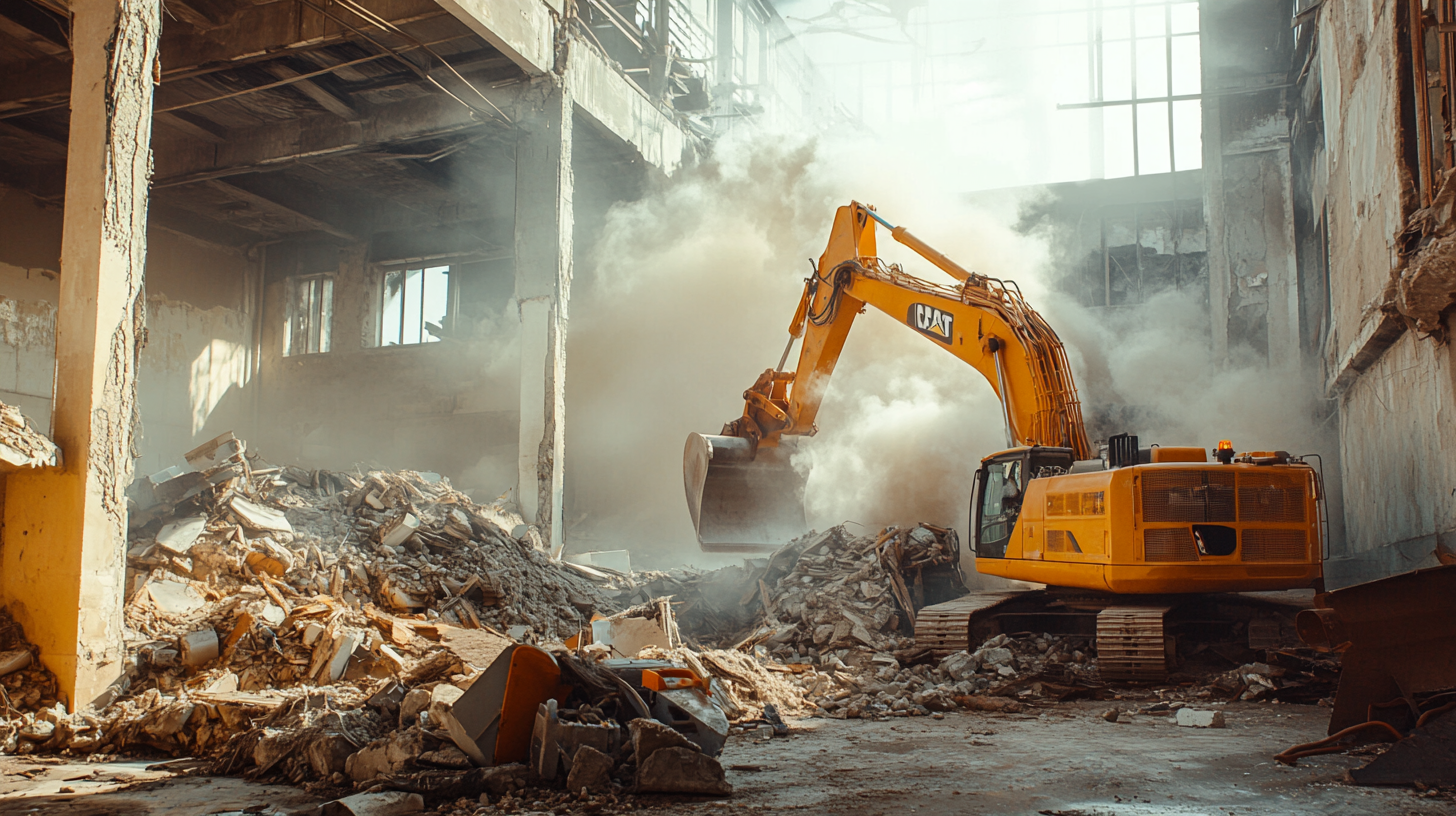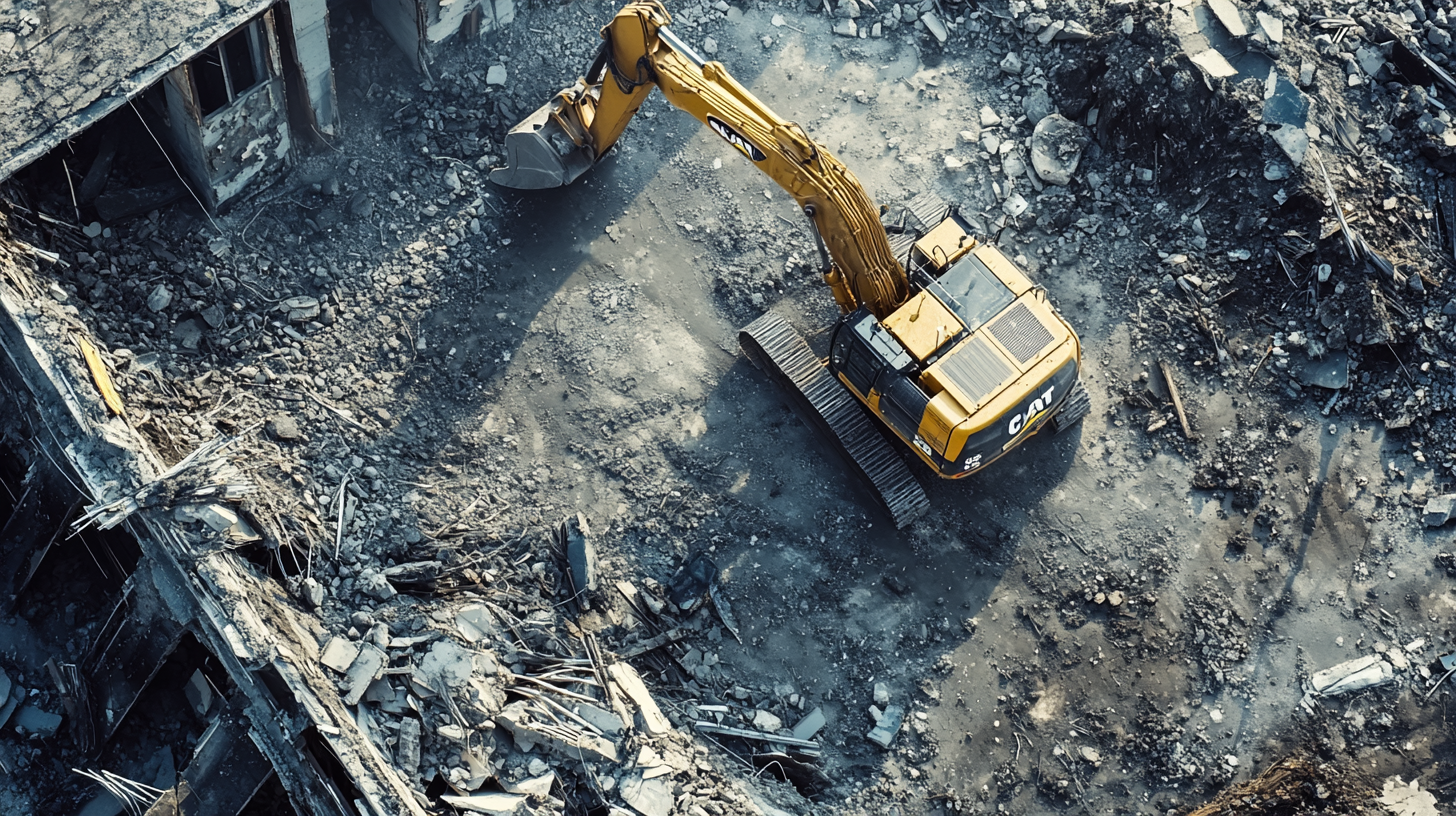
The integrity and comfort of our homes are significantly influenced by the quality and condition of insulation. While insulation is pivotal for maintaining energy efficiency and comfort, it can also inadvertently become a haven for pests if not properly managed. The relationship between insulation and pest infestations is a nuanced aspect of home maintenance that homeowners must navigate to protect their property. This blog delves into the intricate connection between insulation materials, installation practices, and the propensity for pest infestations, offering insights into how homeowners can fortify their defenses against unwelcome invaders.
Pests seek out warm, undisturbed areas to nest and breed, and poorly installed or maintained insulation can provide the perfect environment for these activities. From rodents nesting in fiberglass batts to insects burrowing into foam boards, the choice of insulation material and the quality of installation play crucial roles in either deterring or inviting pest infestations. Understanding this relationship is crucial for homeowners looking to make informed decisions about insulation that will not only enhance their home's energy efficiency but also minimize the risk of pest-related issues.
This blog will explore how different insulation materials and installation techniques can impact the likelihood of pest infestations, highlighting preventive measures and best practices for insulation maintenance to keep pests at bay. By shedding light on the often-overlooked connection between insulation and pests, we aim to equip homeowners with the knowledge to create a more secure, comfortable, and energy-efficient living environment.
Understanding the Link Between Insulation and Pests
The cozy and undisturbed environment of home insulation can unfortunately become a haven for various pests. Understanding the relationship between insulation and pest infestations is crucial for homeowners to protect their property and ensure a healthy living environment. This blog delves into the common pests found in home insulation, explores how and why these pests infiltrate these materials, and highlights the signs that indicate the presence of an infestation.
Common Pests in Home Insulation
Home insulation, particularly in attics, basements, and wall cavities, can attract a variety of pests seeking shelter and nesting materials.
- Types of Pests Commonly Found in Insulation: Rodents, such as mice and rats, are the most notorious culprits, drawn to the warmth and seclusion insulation offers. Insects, including ants, termites, and cockroaches, may also infiltrate insulation, using it as a pathway into your home or as a nesting site.
- How and Why These Pests Infiltrate Insulation Materials: Pests typically enter insulation through small openings or gaps in the home's exterior. Rodents may chew through materials to create nests, while insects might be attracted to certain types of insulation for nesting or because the insulation has become damp, which provides an ideal environment for their colonies.
Signs of Pest Infestation in Insulation
Recognizing the early signs of a pest infestation within your insulation can help you take timely action to mitigate the issue and protect your home.
- Indicators of Pest Presence in Your Insulation: Telltale signs include droppings or urine stains, which indicate rodents; the presence of nesting materials, such as shredded paper or fabric; and unusual odors, which can suggest a rodent or insect infestation. Additionally, homeowners may notice sounds of scurrying or scratching within walls or ceilings, particularly at night.
Addressing a pest infestation in home insulation promptly is essential to prevent damage to the insulation and the broader structural integrity of the home, as well as to eliminate health risks associated with pest droppings and dander. Homeowners should seal entry points, consider pest-resistant insulation materials during upgrades or replacements, and consult with pest control professionals to effectively remove pests and prevent future infestations.
Choosing Pest-Resistant Insulation Materials
The right insulation material can do more than just keep your home warm in the winter and cool in the summer; it can also play a crucial role in deterring pests. As homeowners seek solutions to prevent infestations, understanding the options for pest-resistant insulation becomes essential. This blog explores the range of insulation materials and their susceptibility to pests, highlights features of pest-resistant options, and introduces innovative and eco-friendly choices that offer both thermal efficiency and built-in pest resistance.
Insulation Options and Pest Deterrence
Not all insulation materials are equally inviting to pests. Some inherently deter rodents and insects, while others may require additional treatments to enhance their resistance.
- Overview of Insulation Materials and Their Susceptibility to Pests: Traditional insulation materials like fiberglass and cellulose can be attractive to pests—fiberglass for nesting and cellulose for both nesting and consumption. However, certain materials and treatments are less appealing to pests.
- Features of Pest-Resistant Insulation Materials: Inorganic materials such as mineral wool (rock or slag wool) and certain foam insulations (like polystyrene and polyisocyanurate) are naturally resistant to pests due to their composition. Some insulation products also incorporate added pest deterrents—such as boric acid in cellulose insulation—which not only improve thermal performance but also actively repel insects and rodents.
Innovative and Eco-Friendly Pest-Resistant Insulation
The insulation industry is evolving, with new technologies that offer enhanced pest resistance without compromising environmental sustainability.
- Introduction to New Insulation Technologies with Built-in Pest Resistance: Recent advancements include insulation materials that integrate natural pest-repelling substances or that are made from materials inherently unattractive to pests. These innovations aim to provide long-term resistance to infestations while maintaining or improving energy efficiency.
- Benefits of Choosing Eco-Friendly, Pest-Resistant Options: Opting for eco-friendly, pest-resistant insulation materials can have multiple benefits. These materials often have lower environmental impacts in terms of production and disposal. They can improve indoor air quality by reducing the need for chemical pest control methods. Additionally, they contribute to the overall sustainability of a building by offering durable, long-lasting protection against both thermal loss and pest infestations.
Choosing the right pest-resistant insulation material requires balancing considerations of thermal performance, pest deterrence, environmental impact, and cost. By selecting materials that naturally resist pests or that incorporate innovative technologies for pest resistance, homeowners can protect their homes more effectively and sustainably, ensuring a comfortable, energy-efficient, and pest-free living environment.
Proper Insulation Installation for Pest Prevention
Ensuring your home is properly insulated is not just about enhancing energy efficiency and comfort; it's also a critical step in pest prevention. Proper installation techniques and sealing potential entry points can significantly reduce the risk of pest infestations. This blog explores the best practices in insulation installation for pest prevention, highlighting the importance of professional installation and detailing how to identify and seal common entry points for pests.
Best Practices in Insulation Installation
The way insulation is installed can greatly impact its effectiveness in pest prevention. Ensuring a tight, gap-free installation is key to minimizing vulnerabilities where pests might enter or nest.
- Techniques to Minimize Gaps and Vulnerabilities During Installation: Use precise measurements and cuts to ensure insulation fits snugly between joists, rafters, and in wall cavities, leaving no room for pests to squeeze through. For areas that are difficult to reach or irregularly shaped, consider using spray foam insulation, which can expand to fill gaps and create a seamless barrier against pests.
- Importance of Professional Installation for Ensuring a Pest-Resistant Setup: Hiring a professional insulation installer can make a significant difference in the quality and effectiveness of the installation. Professionals have the expertise, tools, and knowledge of the latest materials and techniques to ensure a tight, comprehensive fit that minimizes pest entry points. They can also identify and address any pre-existing vulnerabilities in your home's structure that could be potential entry points for pests.
Sealing and Securing Potential Entry Points
Beyond the insulation itself, ensuring that your home is sealed against pests is crucial for preventing infestations.
- Identifying and Sealing Common Entry Points for Pests: Conduct a thorough inspection of your home's exterior and interior for any cracks, holes, or gaps that could serve as entry points for pests. Pay special attention to areas where utility lines enter the home, around windows and doors, and where the foundation meets the home's exterior walls.
- Materials and Methods for Effective Sealing: Use caulk, foam sealant, or weather-stripping to seal smaller gaps and cracks. For larger openings or areas prone to moisture, consider using materials like copper mesh, which can be stuffed into the gap before sealing, or cementitious materials for a more durable fix. Ensure that vents are covered with wire mesh or vent covers to prevent entry without obstructing airflow.
Proper insulation installation and diligent sealing of potential entry points are essential strategies for pest prevention in any home. By adhering to best practices in installation and ensuring your home is thoroughly sealed against pests, you can protect your investment in insulation and maintain a comfortable, pest-free living environment.
Combining Insulation Replacement with Pest Control Measures
Enhancing your home's insulation not only improves energy efficiency and comfort but also presents an opportunity to address and prevent pest infestations. By adopting an Integrated Pest Management (IPM) approach and collaborating with pest control professionals during insulation replacement projects, homeowners can create a more secure and pest-resistant environment. This blog explores the principles of IPM in the context of insulation projects and discusses the benefits of involving pest control experts for a holistic approach to pest prevention.
Integrated Pest Management (IPM) Approach
IPM is a comprehensive strategy that combines multiple approaches to manage pests effectively and environmentally sensitively. When applied to insulation replacement, IPM emphasizes the importance of insulation integrity alongside proactive pest control measures.
- Principles of IPM and Its Application in Insulation Replacement Projects: IPM focuses on preventing pest infestations through environmental management and the judicious use of pest control materials. In the context of insulation replacement, this means selecting pest-resistant insulation materials, ensuring proper installation to eliminate gaps and vulnerabilities, and addressing any existing pest issues before installing new insulation.
- How IPM Combines Insulation Integrity with Proactive Pest Control: By integrating pest control measures with insulation replacement, homeowners can tackle potential pest entry points and nesting sites, reducing the likelihood of future infestations. This might include sealing cracks and crevices, using insulation materials treated with natural pest repellents, and maintaining a clean and clutter-free environment to deter pests.
Coordinating with Pest Control Professionals
For the most effective pest prevention strategy, involving pest control experts in your insulation project is crucial. These professionals can offer valuable insights and services to complement your insulation efforts.
- When and Why to Involve Pest Control Experts in Your Insulation Project: Engaging pest control professionals is particularly important if there are signs of existing infestations or if your property is in an area prone to specific pests. Experts can assess the situation, provide targeted treatments to eliminate pests, and recommend preventive measures to incorporate into the insulation project.
- Collaborating with Professionals for a Comprehensive Pest Prevention Strategy: A coordinated effort between insulation installers and pest control professionals ensures that all aspects of pest prevention are covered. This collaboration can include pre-treatment of the area, advice on pest-resistant insulation materials, and post-installation inspections to verify the effectiveness of pest control measures.
By combining insulation replacement with Integrated Pest Management principles and collaborating with pest control professionals, homeowners can significantly enhance their property's resilience against pests. This holistic approach not only contributes to a more comfortable and energy-efficient home but also supports long-term pest prevention, protecting the structure and health of the living environment.
Maintenance and Monitoring Post-Insulation Replacement
After replacing insulation to enhance your home's energy efficiency and comfort, ongoing maintenance and monitoring are crucial to protect this investment from potential pest infestations. Regular inspections and proactive pest prevention strategies can ensure the longevity of your insulation and the overall health of your home. This blog discusses the schedule and tips for routine insulation checks, tools and techniques for effective monitoring, and ongoing practices for maintaining a pest-free environment.
Routine Insulation Inspections
Consistent inspections are key to identifying and addressing any early signs of pest activity before they lead to significant damage or infestation.
- Schedule and Tips for Regular Insulation Checks: Homeowners should schedule insulation inspections at least once a year, preferably during the change of seasons when pests are most likely to seek shelter. Pay special attention to areas prone to pest entry, such as attics, basements, and crawl spaces. Look for signs of disturbance, such as displaced insulation, droppings, or nesting materials.
- Tools and Techniques for Effective Insulation Monitoring: Utilize a flashlight and a mirror or a smartphone on a selfie stick to inspect hard-to-reach areas. Consider using thermal imaging cameras or moisture meters to detect unusual temperature variations or moisture levels within walls, which could indicate pest presence or susceptibility.
Long-Term Pest Prevention Strategies
Maintaining a pest-free insulation environment requires ongoing vigilance and the implementation of strategies to deter pest entry and infestation.
- Ongoing Practices to Maintain a Pest-Free Insulation Environment: Seal any cracks or openings on the exterior of your home with caulk, steel wool, or appropriate sealants. Ensure that vents are covered with pest-proof screens. Regularly trim trees and shrubs away from the home to reduce access points for pests. Consider adopting landscaping practices that discourage pests from nesting near your home.
- Importance of Addressing External Factors Contributing to Pest Infestations: Eliminate sources of food and water near your home that may attract pests. This includes securing trash bins, repairing leaks, and ensuring proper drainage around the foundation. Regularly inspect and clean gutters and downspouts to prevent water accumulation, which can attract pests and lead to insulation damage.
By implementing routine insulation inspections and adopting long-term pest prevention strategies, homeowners can significantly reduce the risk of pest infestations, ensuring their insulation remains effective and their homes stay protected against the elements and unwanted guests.
FAQs
Contact Bull City Crawlspace Today!
Bull City Crawlspace will do everything we can to ensure your experience with us is excellent.
Request A FREE Estimate
Request a Free Estimate Form
Checkout Recent Post




Got a Question? We’re Here to Help.
You can arrange an appointment or make an enquiry by phone or email, orget in touch to us via our contact form.

